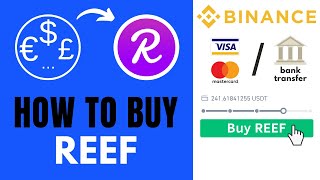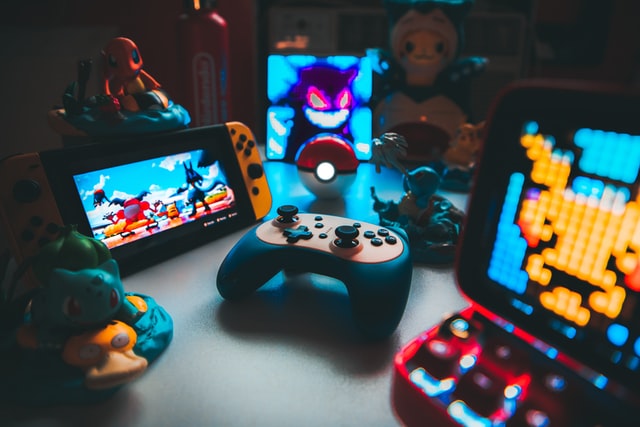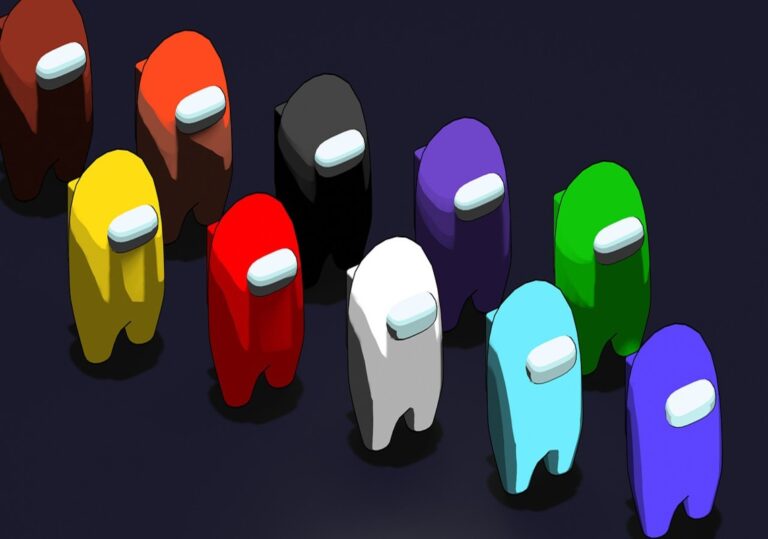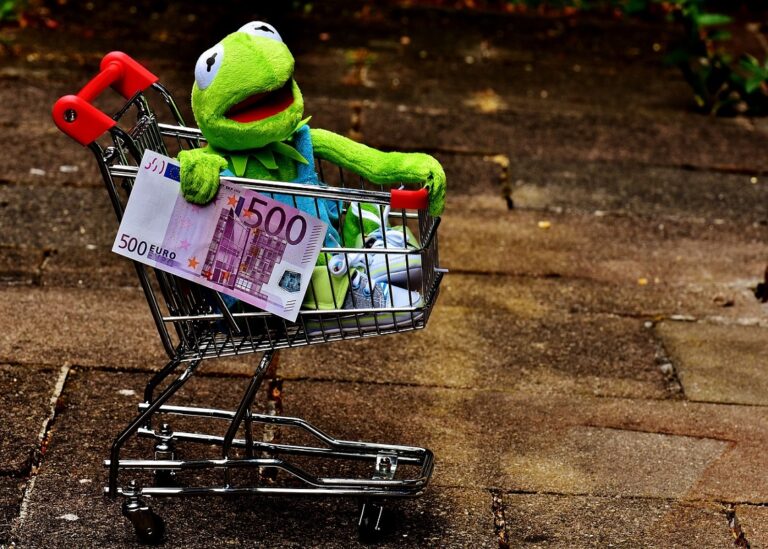Non-fungible tokens (NFTs) decoded; How to create and sell them
Over the recent months, non-fungible tokens (NFTs) gained massive traction, standing out as one dominant market pushing towards mainstream adoption of cryptocurrency and blockchain. The interesting part of this trend is the fact that some creators have bagged millions of dollars from auctioning NFT contents.
Advertisements
Recently, 51-year-old Irish digital artist Kevin Abosch created and auctioned a picture of potato for more than $1 million. Beeple is another digital artist who became popular in the NFT and cryptocurrency industry, after selling his digital artworks for over $60 million. Also, Jack Dorsey, the CEO of Twitter, sold the first-ever tweet as NFT for nearly $3 million.
This article is a beginner guide to the now-trending non-fungible tokens, which have attracted the attention of celebrities in different industries. We will explain NFT in the simplest and easy way, while also informing how to create and sell them on NFT marketplaces.
Non-fungible tokens (NFTs) decoded
Non-fungible tokens (also known as NFTs of short) are unique data or pieces of information stored on a blockchain.
Advertisements
To keep it simple, NFTs are more like a file format. Notably, peg, png, or gif, are the most popular file formats that are used for sharing images or information over the internet. Similarly, NFTs are the supported file format for sharing contents (i.e., tokens) on a blockchain. Because these tokens exist on a blockchain like Ethereum, they are unique and the owner can be easily verified.
As the words “non-fungible tokens” implies, any content minted as an NFT is fungible. From the basic knowledge of economics, an item is fungible if it’s identical and can be interchanged for another. Bitcoin (BTC), Ether (ETH), including the US dollar (USD) are fungible because they can be easily exchanged for another BTC, ETH, and USD, without any value lost.
However, non-fungible tokens are the opposite. They are not interchangeable because such content, data, or asset is unique. Diamond is another example of an asset playing by the concept of non-fungibility. This is because diamonds come in different shapes, sizes, and even colors. Hence, it can’t be swapped for another, as it can make a difference to the holders. A house is also non-fungible.
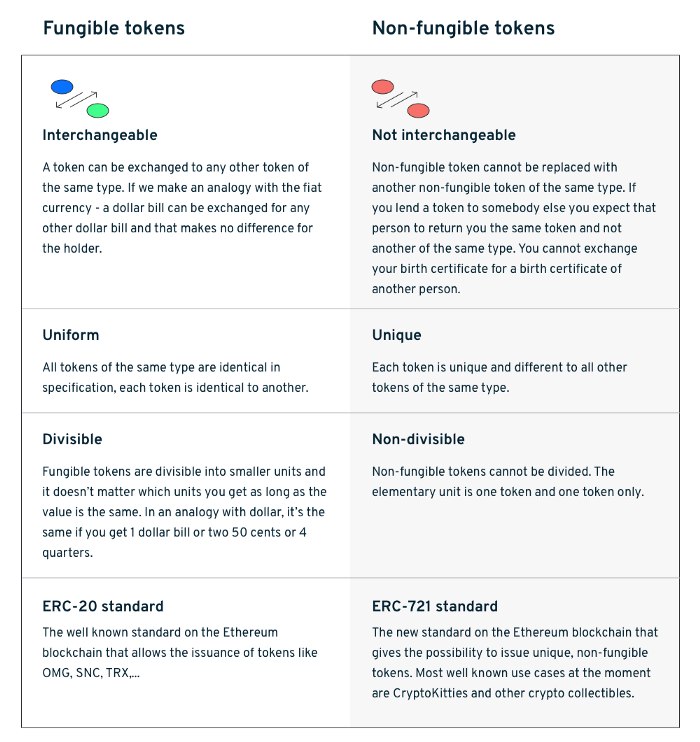
Hint: Issuing your digital arts as an NFT is one of the surest ways of proving ownership and getting full royalties due to you as the original content creator.
How does NFT work?
Having mentioned that NFTs exist on the blockchain, the owners or creators of such content can easily be verified. As a matter of fact, If you purchase any NFT content listed on the marketplace, the ownership will be transferred to you. The benefit is that these contents cannot be duplicated on the blockchain. So, all the royalties are attributed to the owner, who can choose to either keep or auction it off.
When NFTs are sold, the certificate of authenticity is also transferred alongside to the new owner. Just like physical arts, NFTs can be remade or copied. However, this doesn’t take the authenticity from the original owner. One may think ‘Oh, I can be a millionaire by simply copying and saving the NFT on my PC’. No, it doesn’t work that way, the certificate of authenticity that makes it a part of the blockchain can’t be downloaded as a 5MB GIF or picture.
Making or creating NFTs
Making NFTs is one of the easiest yet somewhat technical activities on a blockchain.
Ethereum, which is the blockchain network with the highest number of active NFTs, is the main focus of many creators. However, there are other blockchains that allow the same function. A few of those are Binance Smart Chain, Flow blockchain by Dapper Labs, Tron, EOS, Polkadot, Tezos, Cosmos, and WAX.
Due to Ethereum’s popularity in the NFTs race, here are points on how to make your own personal non-fungible tokens on the blockchain.
- The first step is getting a specialized Ethereum wallet that supports ERC-721 (the Ethereum-based NFT token standard). Once this is done, get Ether worth $70 – $150. If you’re fully sure you’ve settled all these ones, you can then move to select images, artifacts, or anything you’d like to turn into NFT. You can use any of OpenSea, Rarible, or Mintable. Any of these platforms can be used for this function.
- Of all the platforms, Mintable is the easiest and doesn’t need any GAS fee payment just like OpenSea.
- On Mintable, you have access to creating a free account, this account will be authenticated by a code sent to the email you’ve filled out on the platform.
- Then proceed to create a MetaMask wallet by downloading the Chrome browser extension.
- The process of creating a MetaMask wallet is simple. Create a password on the platform, the platform sends you a “12 random words combination seed phrase” which will serve as your backup, in case you’re logged out of your account.
- Confirm the seed phrase and then head back to Mintable to continue the process.
- On Mintable, select “mint an item,” proceed to pick a new item or existing content.
- To make it more alluring, you can include traits and special functionalities to your NFT. You can encrypt it with a password to access some special functionalities.
- Finalize your NFT making by clicking the “List This Item” button.
Listing and selling NFTs
Listing an NFT on the marketplace should be the easiest process in your NFT journey.
- The first step is to have a wallet as explained above
- Create a store and navigate to the “sell item” icon on the Mintable page.
- Fill out the listing title, listing subtitle, and set up a description for your item.
- Place a price on it and you’re ready to sell out your NFTs.
Conclusion – Does NFTs have a future?
The big question in every crypto investor’s mind is usually whether a coin will be profitable or would make a good investment in the long term. The same goes for non-fungible tokens. From Jack Dorsey auctioning off his first tweet for a whopping massive $2.9 million to other digital artists selling their art collections for huge sums, many believe the future can only speak well about NFTs contents.
Some other people hold a different view about NFTs. They claim the new rave will soon die down, just like the initial coin offering (ICO) mania in 2017. Although the rave of the moment speaks large volumes that the NFTs market is profitable, it remains unknown whether the tide will change in the near future. It is imperative that all who wish to delve into the NFT market make proper research and understand how non-fungible tokens work.
Advertisements

